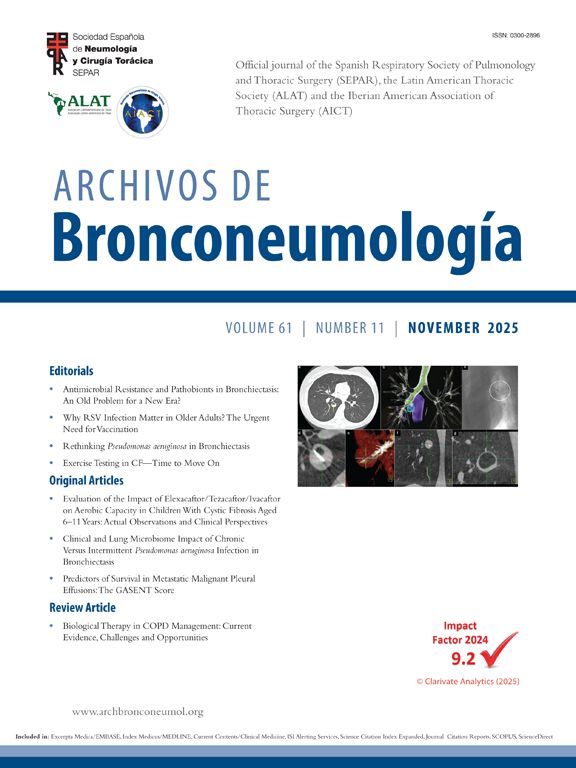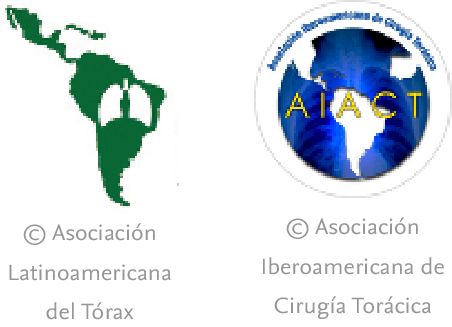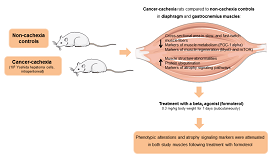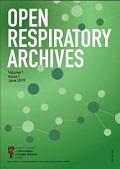A 34-year-old woman with asthma and recurrent exacerbations underwent chest computed tomography, which revealed right lung volume loss and hyperlucency, along with hypoplasia of the right pulmonary artery, consistent with Swyer–James–MacLeod syndrome (SJMS). Additionally, distortion of the central right bronchial tree and a probable membranous structure in the intermediate bronchus (IB) were identified. A three-dimensional (3D) reconstruction using the Synapse 3D system (version 6.7, Fujifilm, Japan) confirmed obstruction at the IB level with preserved distal bronchial continuity (Fig. 1A and B). Flexible bronchoscopy confirmed the presence of a membranous obstruction in the IB, with synchronous motion during respiration, suggesting residual distal airway ventilation (Fig. 1C). Based on these findings and considering the likely post-infectious etiology of SJMS, an acquired origin of the bronchial web was suspected and a conservative approach was adopted. Nevertheless, close clinical and radiological follow-up was planned, and endoscopic puncture of the membranous structure will be considered should the patient develop symptoms warranting it. While SJMS is usually managed conservatively, surgical approaches may be considered in selected cases [1–3]. In cases of complex airway anatomy, combining Synapse 3D with bronchoscopy enhances diagnostic precision and supports personalized management [4,5].
(A) Synapse-3D software CT reconstruction of the CT scan demonstrating the membrane at intermediate bronchus (black arrow) and the presence of additional bronchi distal to it (white arrow). (B) Synapse-3D software CT reconstruction illustrating right pulmonary artery hypoplasia. (C) Bronchoscopic imagen showing a translucent membrane at intermediate bronchus (black arrow) and the entrance to the right upper lobe (white arrow).
All authors participated in the clinical management and preparation of the manuscript and approved its final version.
Artificial intelligence involvementThe authors declare that artificial intelligence (AI) tools (e.g., ChatGPT by OpenAI) were used solely to improve the grammar and clarity of the English language.
FundingThis study received no external funding.
Conflict of interestAuthors declare not conflict of interest.











